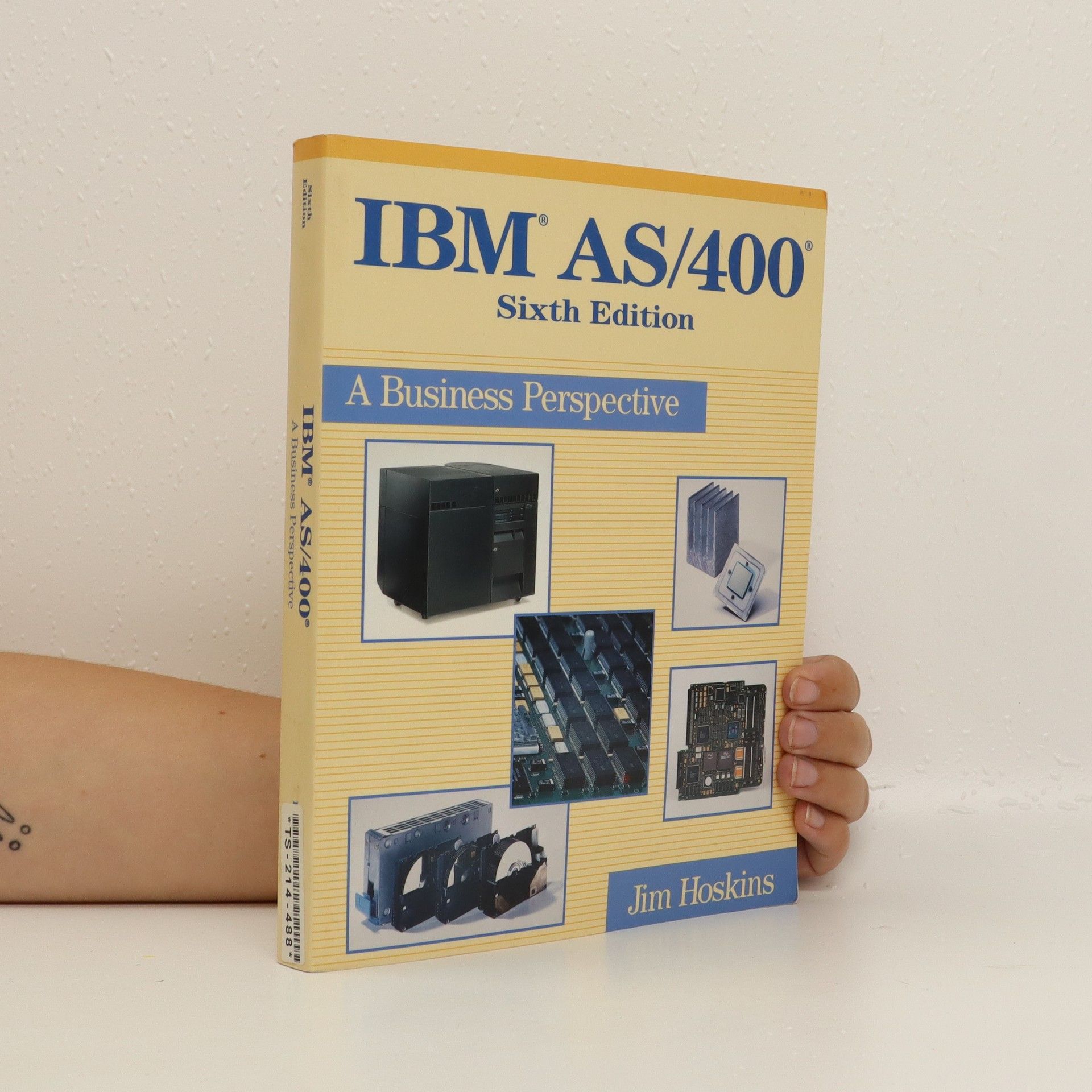"Dances of Shakespeare" offers a comprehensive guide to performing the dance styles found in Shakespeare's plays, including masques and jigs. With clear instructions and illustrations, it aids directors and actors in mastering these techniques for various productions. It also includes a chronological list of similar dances and an appendix of plays categorized by dance requirements.
Jim Hoskins Knihy
Jim Hoskins sa narodil v St. Louis v Missouri v roku 1934. Je emeritným profesorom divadla v postgraduálnom programe hereckého tréningu na Florida State University v Sarasote na Floride. Je konzultantom a choreografom divadla Asolo Repertory Theatre. Jeho profesionálne skúsenosti v divadle, opere, filme a televízii sú rozsiahle a boli viditeľné po celom svete. Jeho najnovšia kniha je spomienkou s názvom OUR HEARTS WERE KHAKI AND GAY. Je o mladom mužovi, ktorý si vyberá kariéru a vyrovnáva sa so svojou sexualitou, to všetko v rámci štruktúry a disciplíny armády Spojených štátov v rokoch 1955 až 1957. Príbeh ilustruje jeho cestu z univerzity do zábavného priemyslu cez svet spoločenského tanca s partnerkou Reinou, Kráľovnou Mamba, vystúpením v nočnom klube Mae West, vojenskou službou, vojenskými estrádami na WGN-TV v Chicagu, víťazstvom v armádnej súťaži talentov, ktoré ho zaviedlo do televíznej šou Eda Sullivana, svetovým turné s armádnou revue „Rolling Along of 1956“, prepustením z armády a napokon presunom do Paríža, aby tancoval v La Nouvelle Eve. Zaoberá sa tiež mnohými ľuďmi, ktorých na svojich dobrodružstvách stretol, jeho nezdary a vplyv, ktorý mali na jeho životné voľby. Pokračovaním tejto spomienky je kniha NO FAIRIES, NO MAGIC.



IBM AS/400 Sixth Edition A Business Perspective This updated version of Jim Hoskins's classic guide covers all the latest hardware and software for IBM's AS/400 line. Written by former IBM design engineer and manager Jim Hoskins, this practical guide gives you everything you'll need to integrate each AS/400 into a small-, medium-, or large-sized business environment. This updated Sixth Edition covers the latest round of AS/400 models, client/server hardware/software, object technology, displays, DASDs, tape drives, OS/400 V3R, OS/400 extensions, remote access, the Information Warehouse, and much more. Its outstanding features include: Complete information on AS/400 and AS/400 Advanced Series system units, options, peripherals, operating systems, and application programs Practical guidance in choosing the system that's right for your business. Included are case studies of hypothetical businesses, which are described and outfitted with the appropriate AS/400 hardware/software to meet their needs Detailed treatment of such key issues as cost justification, lease vs. purchase, support, maintenance, office ergonometrics, and education Clear explanations of how to maximize the unifying power of AS/400 systems and how to neatly integrate them into existing systems Consistent emphasis on how the AS/400 can help business users do their jobs
InhaltsverzeichnisDarum geht es.Darum geht es nicht.Nutzen dieses Buches.Eine kleine Entwicklungsgeschichte.1 Das IBM Personal System/2 — ein neuer Anfang.1.1 Machen Sie sich mit der Familie bekannt.1.2 Die einzelnen Komponenten.2 Mögliche Erweiterungen und Peripheriegeräte der Modelle 50, 60 und 80.2.1 Bildschirme.2.2 Drucker.2.3 Hauptspeichererweiterungen.2.4 Zusätzliche Massenspeicher.2.5 Erweiterungen zur Datenkommunikation.2.6 Weitere Optionen.2.7 Übersicht über die behandelten Peripheriegeräte und Optionen.3 Einsatz Ihres Modells 50, 60 oder 80.3.1 Es geht los.3.2 Das Software-Modell.3.3 Software-Kompatibilität — Laufen PC-Programme?.3.4 SAA — Der neue Standard.4 Anwendungsprogramme.4.1 Die zwei Alternativen.4.2 Wechselwirkung mit dem Betriebssystem.5 Die Betriebssysteme des Personal System /2.5.1 Einführung in die Betriebssystem-Konzepte.5.2 Real-Mode-Betriebssysteme.5.3 Protected-Mode-Betriebssysteme.5.4 Tabellarische Übersicht.6 Datenkommunikation mit den Modellen 50, 60 und 80.6.1 Datenkommunikation im Büro — eine Einführung.6.2 Datenendgerät-Emulation.6.3 Die Modelle 50, 60 und 80 in Local Area Networks.6.4 Gateways.7 Die kommerzielle Anwendung mit den Modellen 50, 60 und 80.7.1 Die Auswahl der Software.7.2 Die Auswahl der Hardware.7.3 Benutzerschulung.7.4 Ergonomie.7.5 Sicherheit.7.6 Service.7.7 Der Übergang vom PC zu den Modellen 50, 60 und 80.Anhang A Leistungstest.Anhang B Im Inneren des Modells 50.Anhang C Weit